Beckham & Roger Mills County Historical Markers
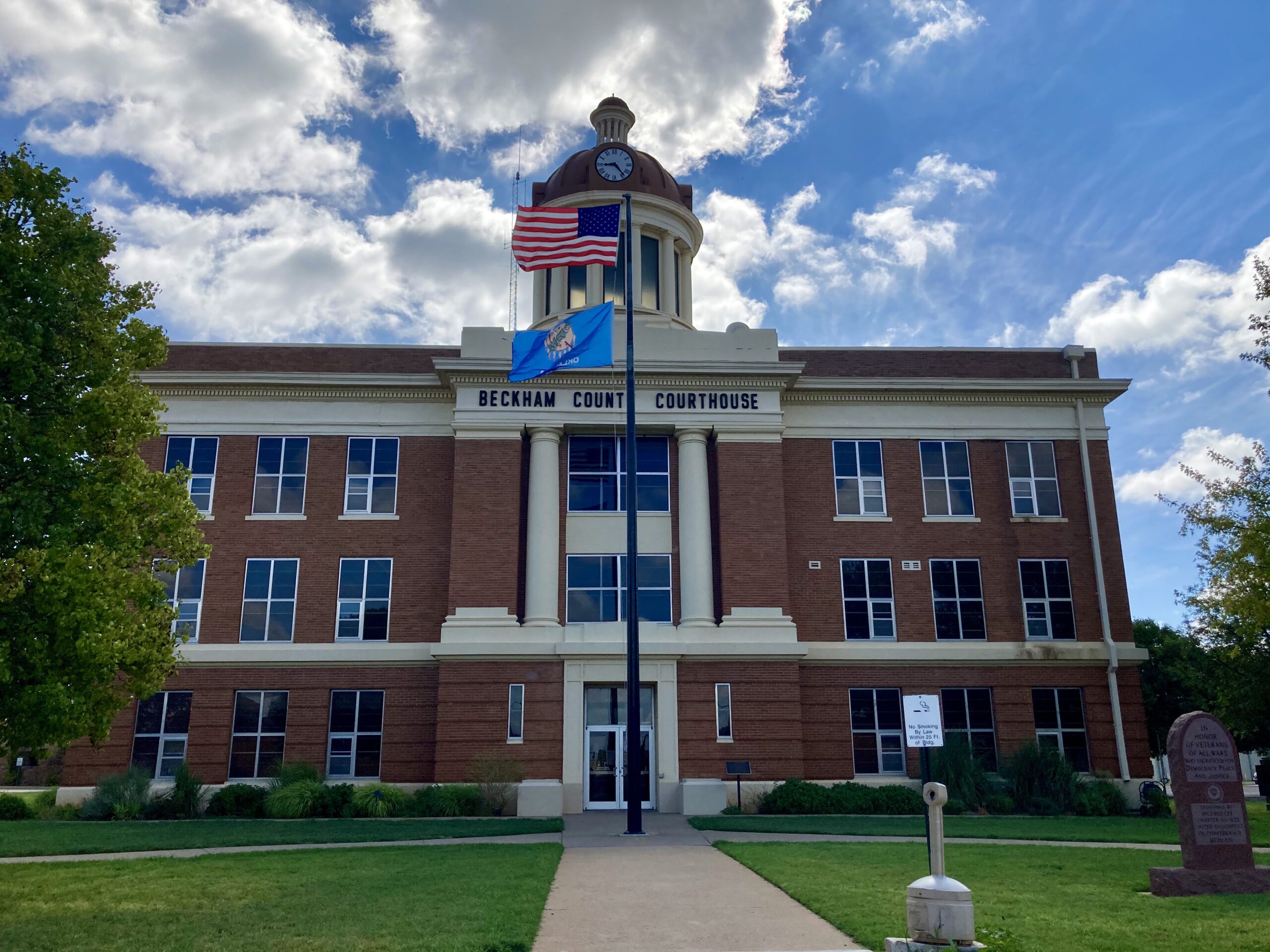
This weekend’s search for historical markers took us through Beckham and Roger Mills County. Our first stop was a familiar one, the Beckham County Courthouse. This courthouse is beautiful, but often overlooked in our rushed and chaotic way of life. Standing in front of the building, you can feel the sense of connection with people from a time long past who also stood there, taking in the sight of the massive columns that hold up the dome of the courthouse. The courthouse was built in 1911 and is one of the few left in the state that still have the dome. The courthouse includes a historic marker at it’s entrance, as well as a buffalo sculpture called “The Spirit of the West” designed by Bill Cothran.
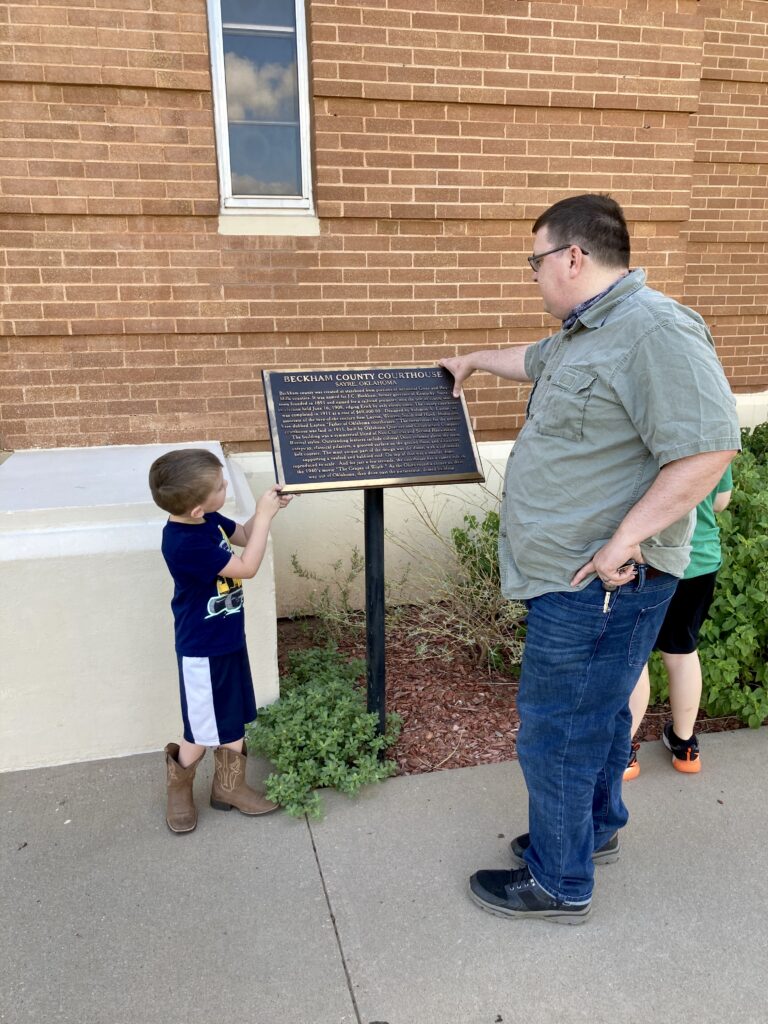
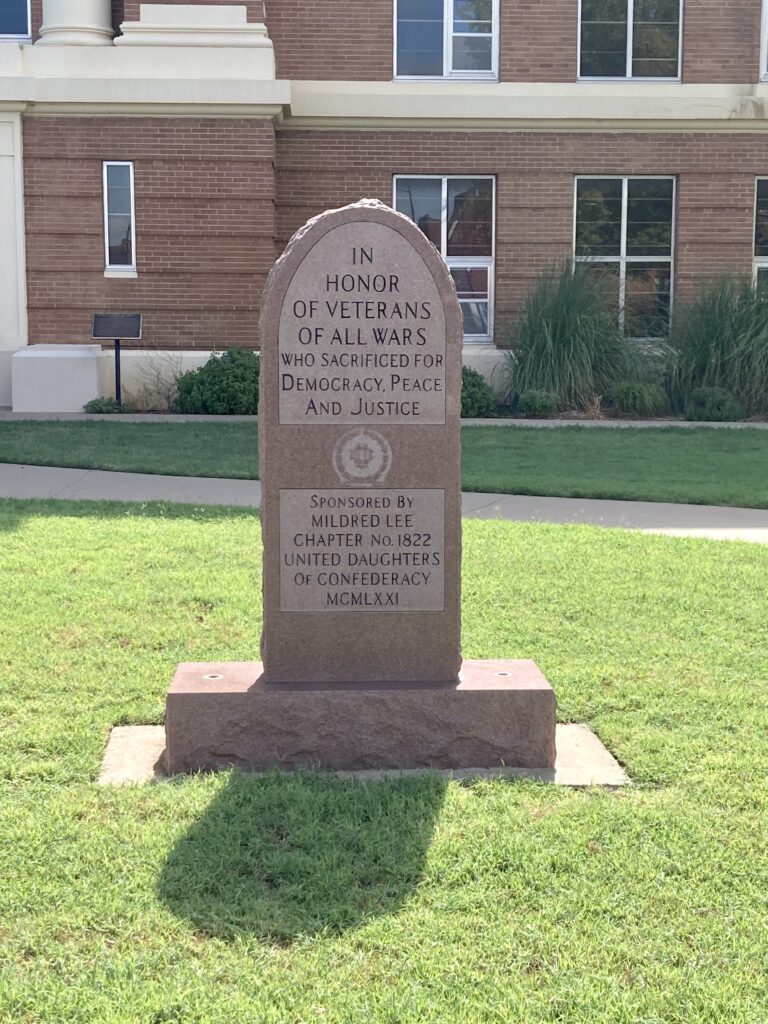
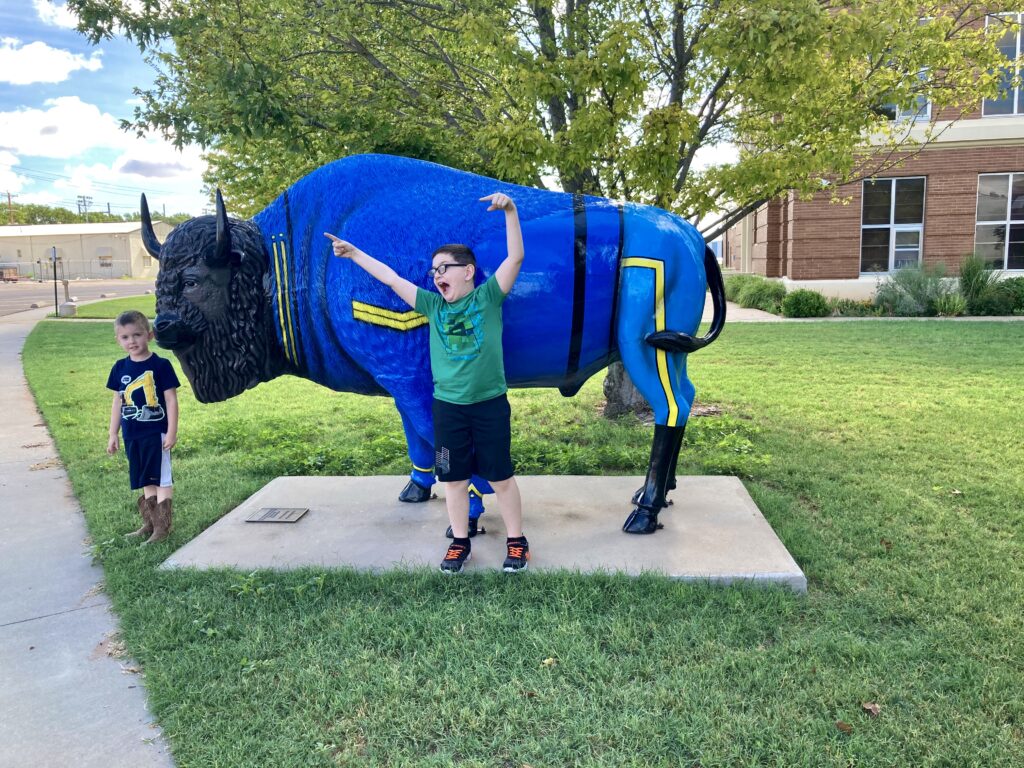
The courthouse isn’t the only impressive thing to see in Sayre. The Main Street just behind us looked like it has been preserved in time. We will have to make another trip one day to explore everything there is to see downtown.
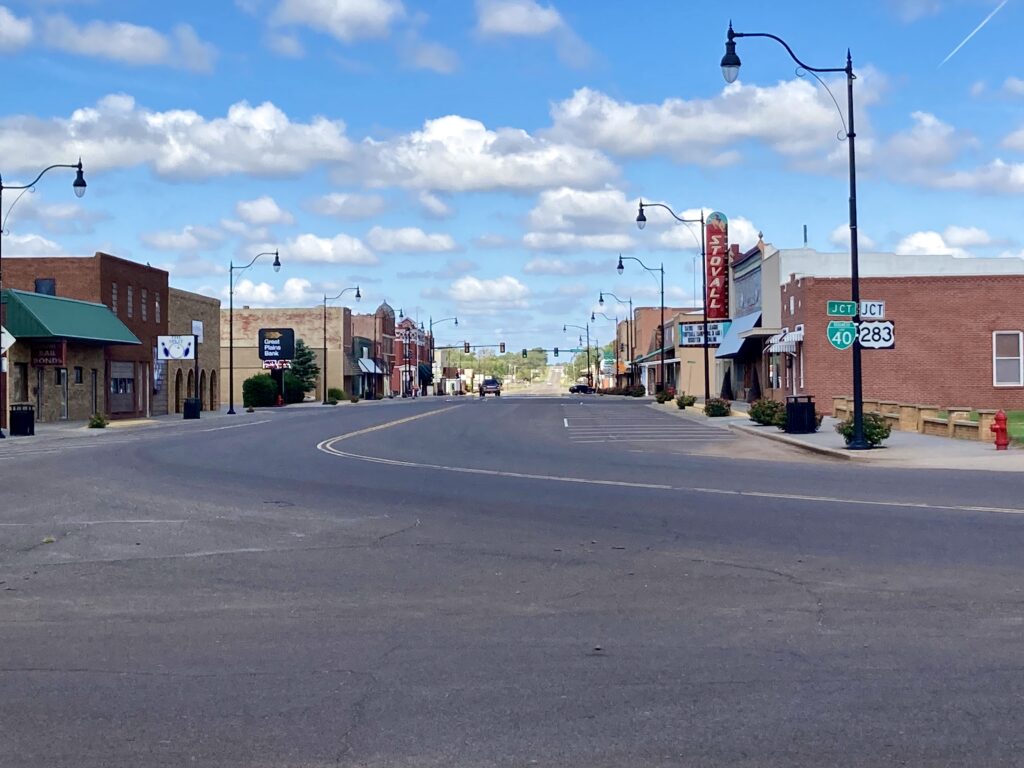
Next, we drove through Sayre and out to the Sandstone Creek Area marker. This was the world’s first Upper Stream Flood Prevention Project, completed in 1953. It boasts 68,770 acres of drainage area.
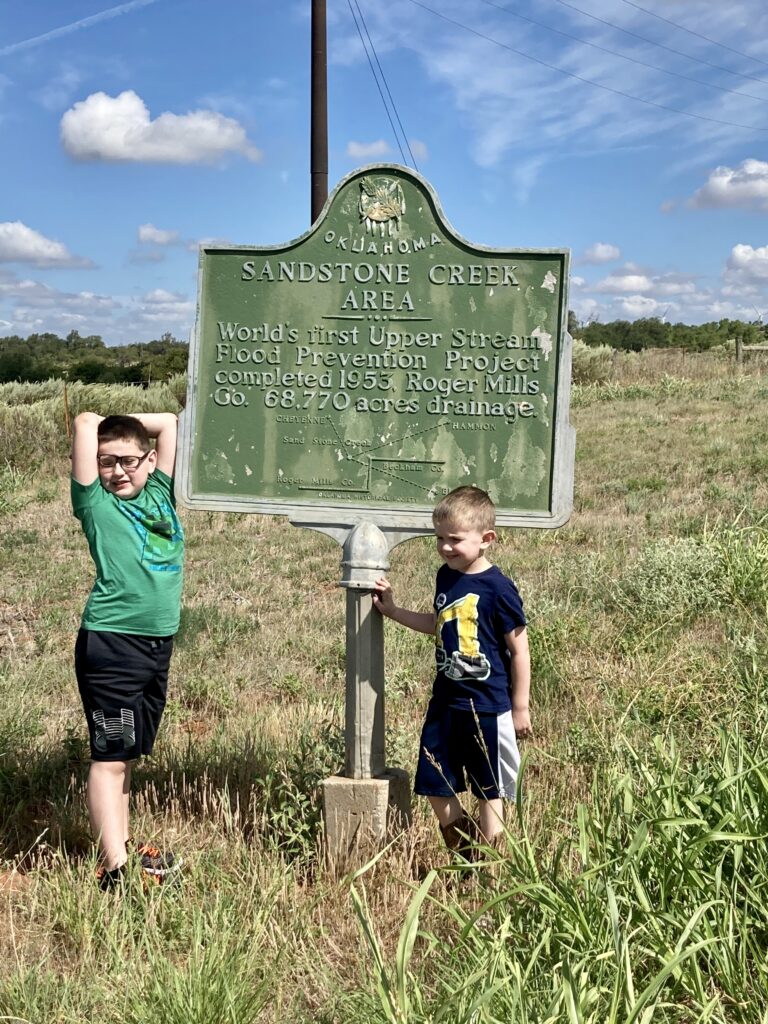
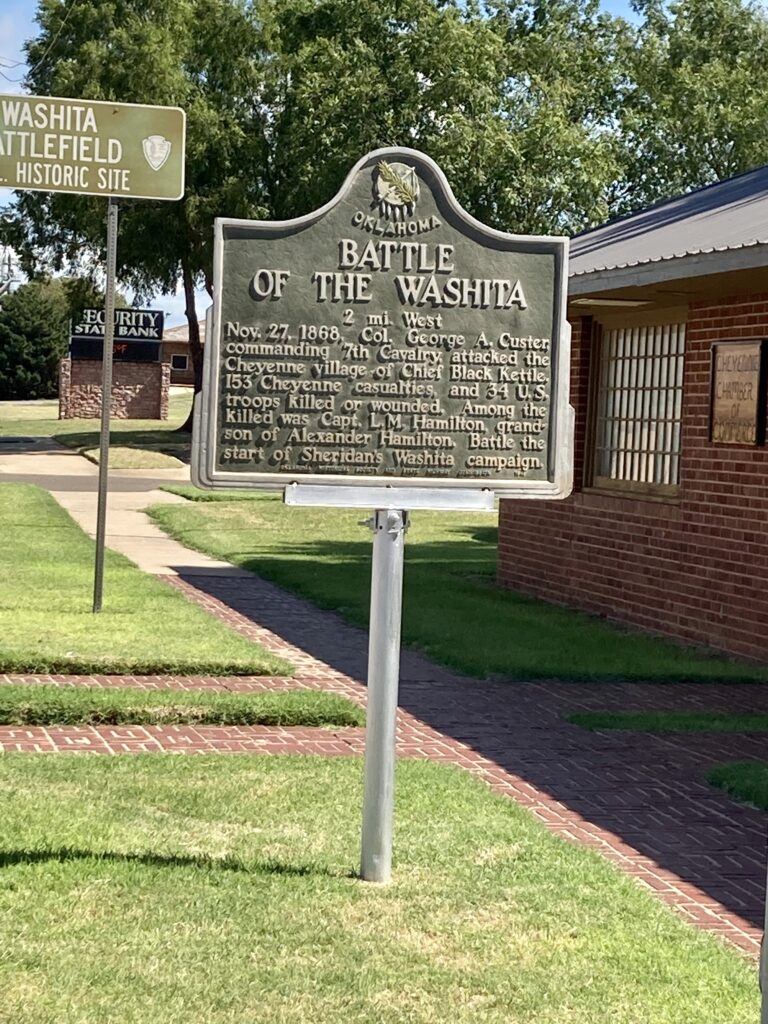
Our next stop took us to Cheyenne. This marker is next to the Cheyenne Chamber of Commerce and the Court House. On Nov. 27, 1868, Col. George A. Custer, commanding 7th Cavalry, attacked the Cheyenne village of Chief Black Kettle. 153 Cheyenne casualties, and 34 U.S. troops killed or wounded. Among the killed was Capt. L.M. Hamilton, grandson of Alexander Hamilton. Battle the start of Sheridan’s Washita campaign.
We have made trips out to the Washita Battlefield before, but we didn’t on this trip due to Covid-19 closures. In the past, we took the boys out to the Washita Battlefield and did a kid’s scavenger hunt, and upon completion, the boys both earned their Junior Park Ranger badges. The Washita Battlefield has a website where you can participate in a virtual scavenger hunt and learn more about the park.
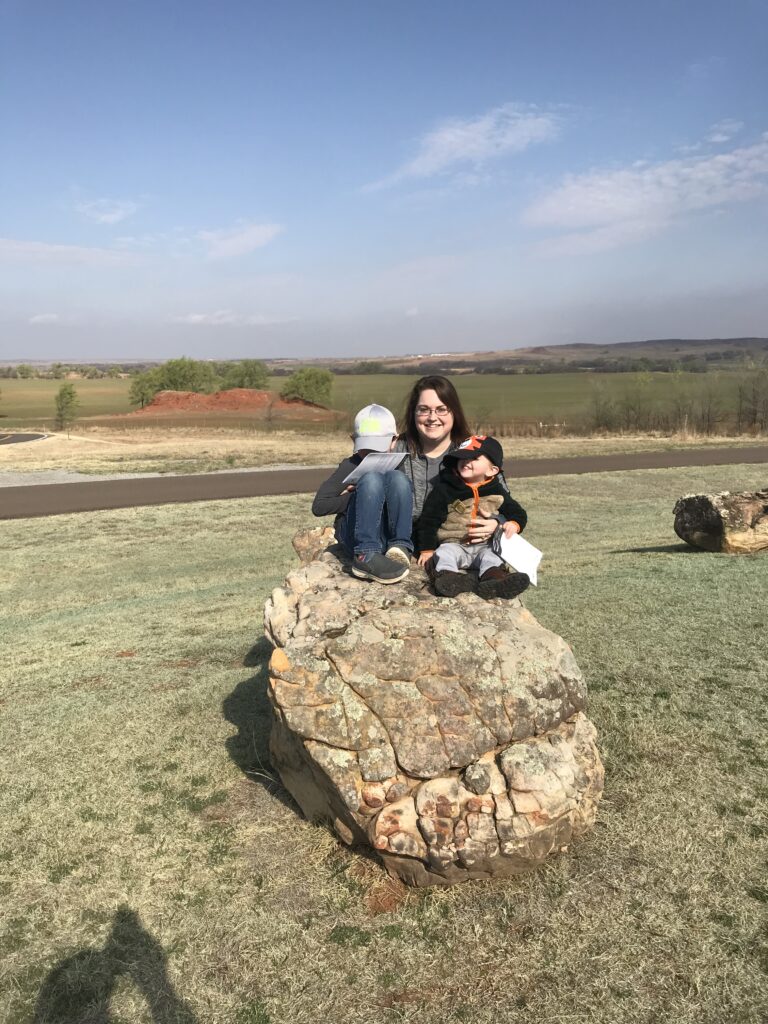
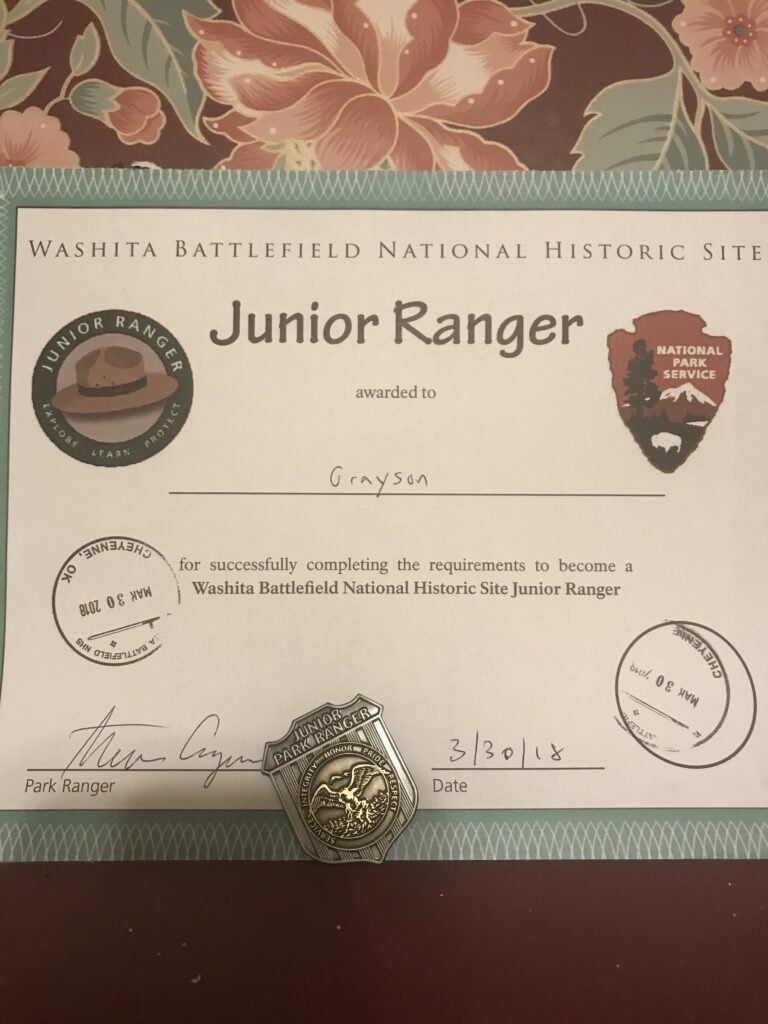
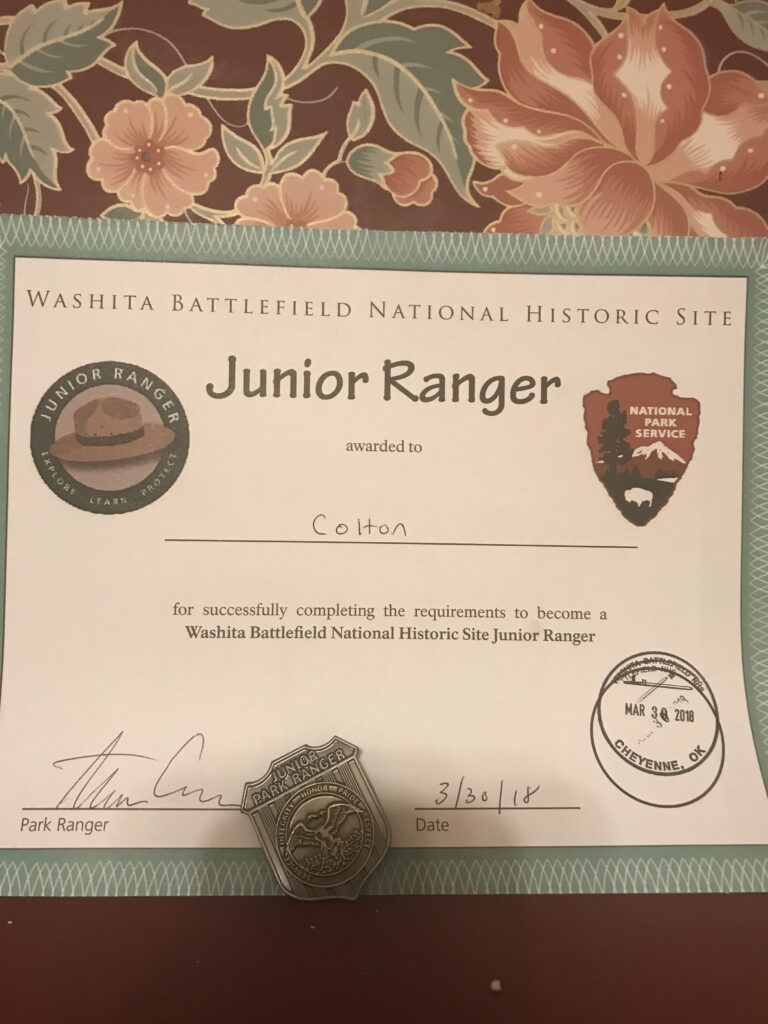
After leaving the battlefield, we set off towards Antelope Hills (link to that post here). On the way to the hills, we spotted a marker for the California Road that had sadly been vandalized. Following the discovery of gold in California in 1848, gold seekers, or Forty-niners, joined a westward movement to make their fortune in California. Established during the gold-rush days, the “California Road” comprised a number of sinuous pathways across the trans-Mississippi West.
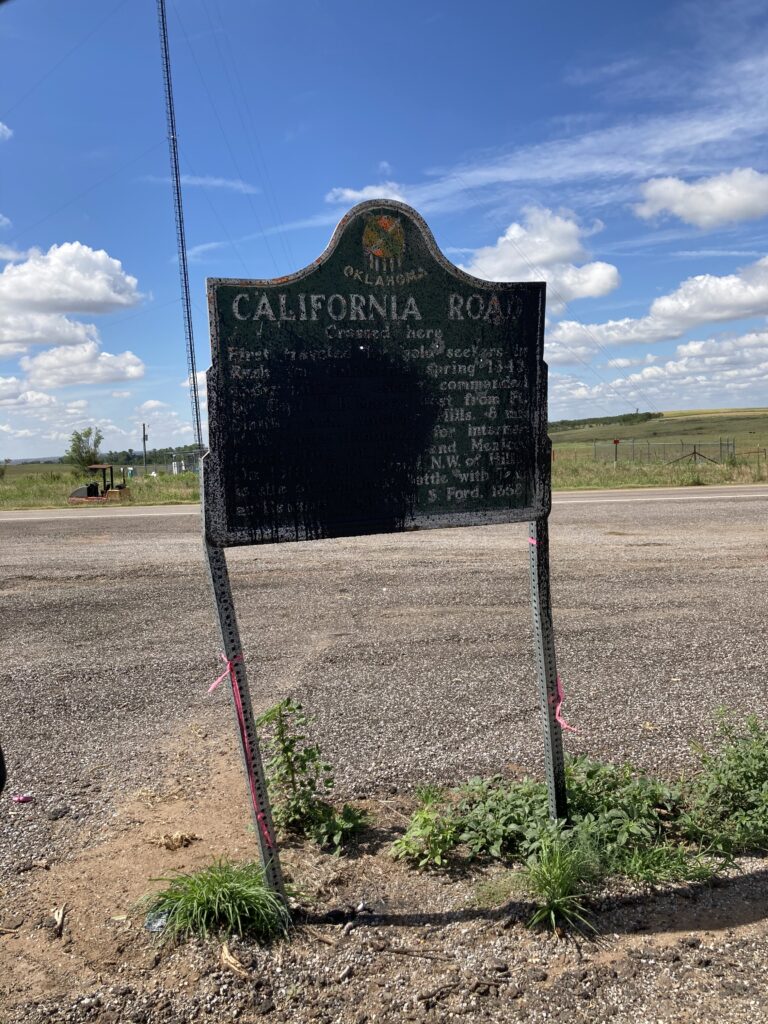
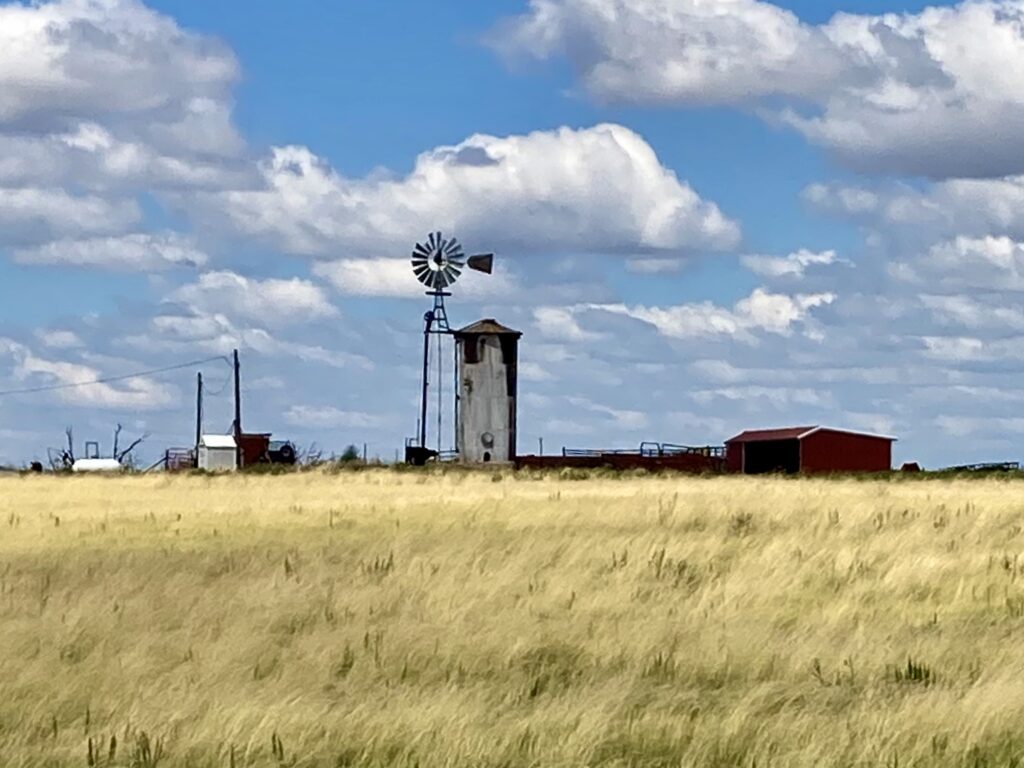

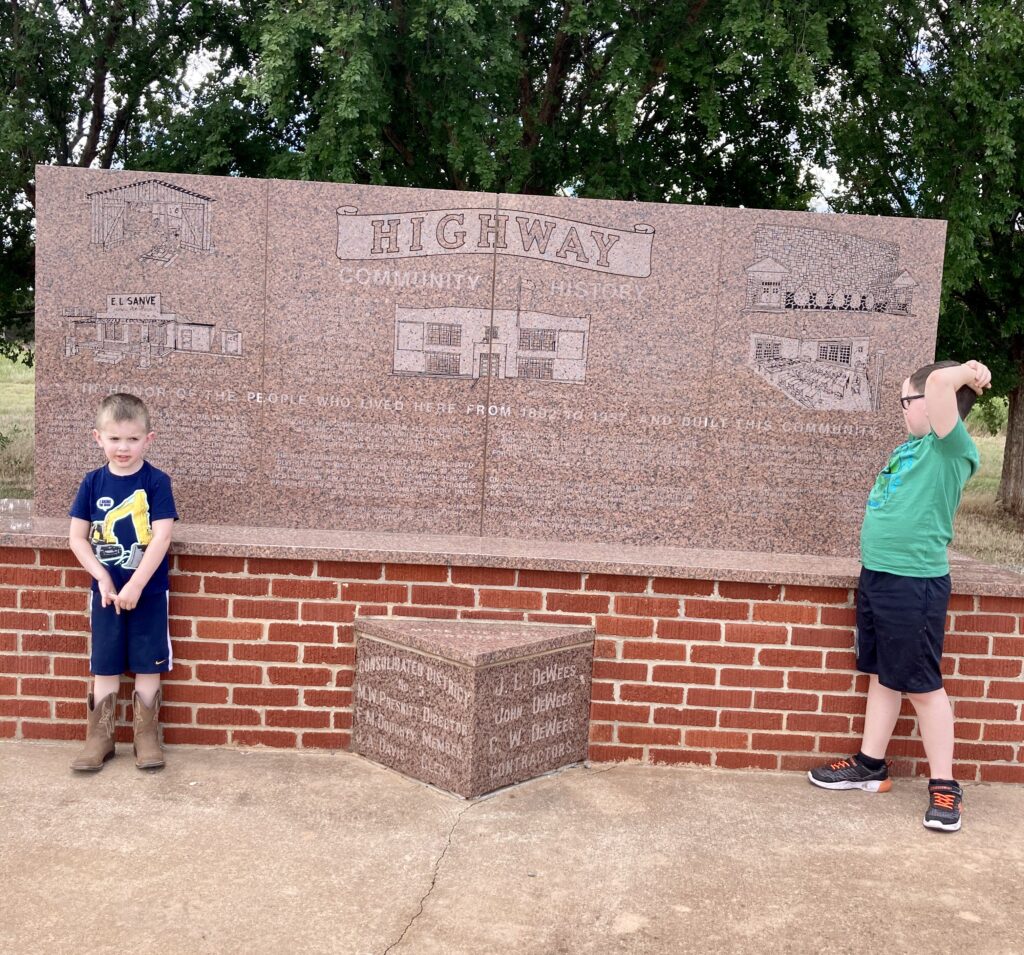
Our last stop was at the old townsite of Highway, Oklahoma. This little ghost town is tucked away and forgotten in time. It is located ten miles south of Elk City, Oklahoma on Highway 6. One mile west from Historical Marker sign from Highway 6.
In honor of the people who lived here from 1892 to 1957, and built this community.
June 16, 1921, there was an election at Taylor school for the consolidation of Taylor and Sadler schools and parts of Ural and Poarch schools. It carried by a vote of 108 for and 54 against.
July 2, 1921, school bond election in the new consolidated district carried by a vote for 105 for and 34 against.
July 15, 1921, the new consolidated district had its first annual meeting. They voted for an eight month term of school this first year. The name selected for the new district was “Highway”
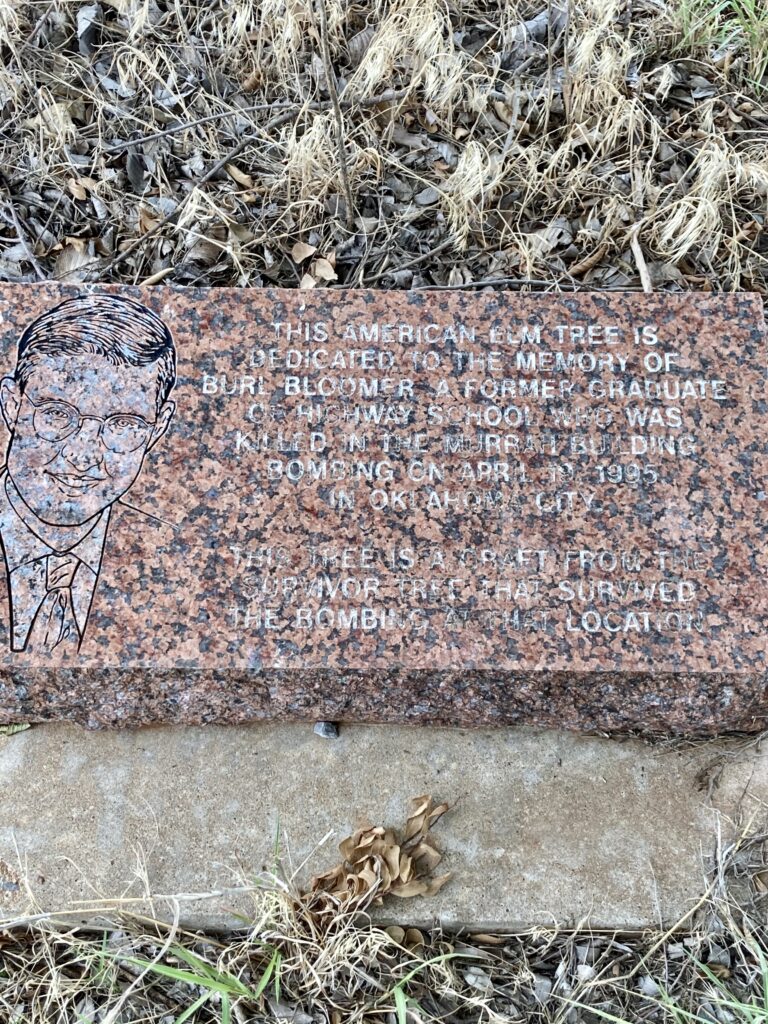
This American elm tree is dedicated to the memory of Burl Bloomer, a former Graduate of Highway school who was killed in the Murrah Building Bombing on April 19, 1995, in Oklahoma City.
This tree is a graft from the survivor tree that survived the bombing at that location.
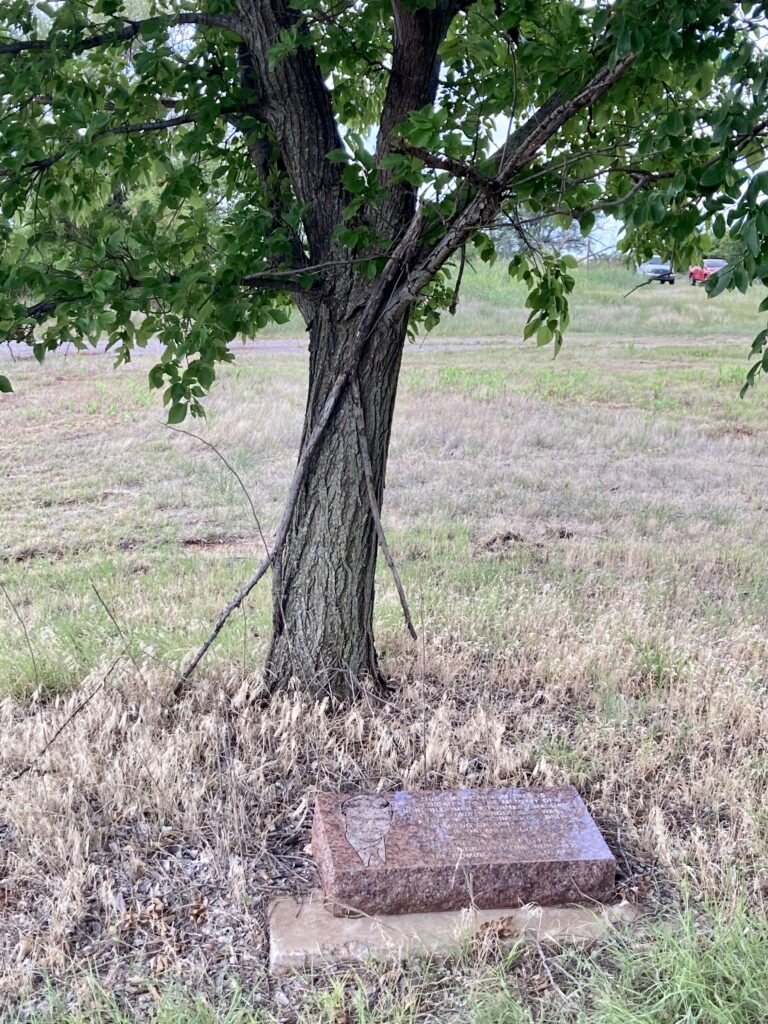
This was the last stop in our adventure this weekend. We hope you have enjoyed traveling with us!